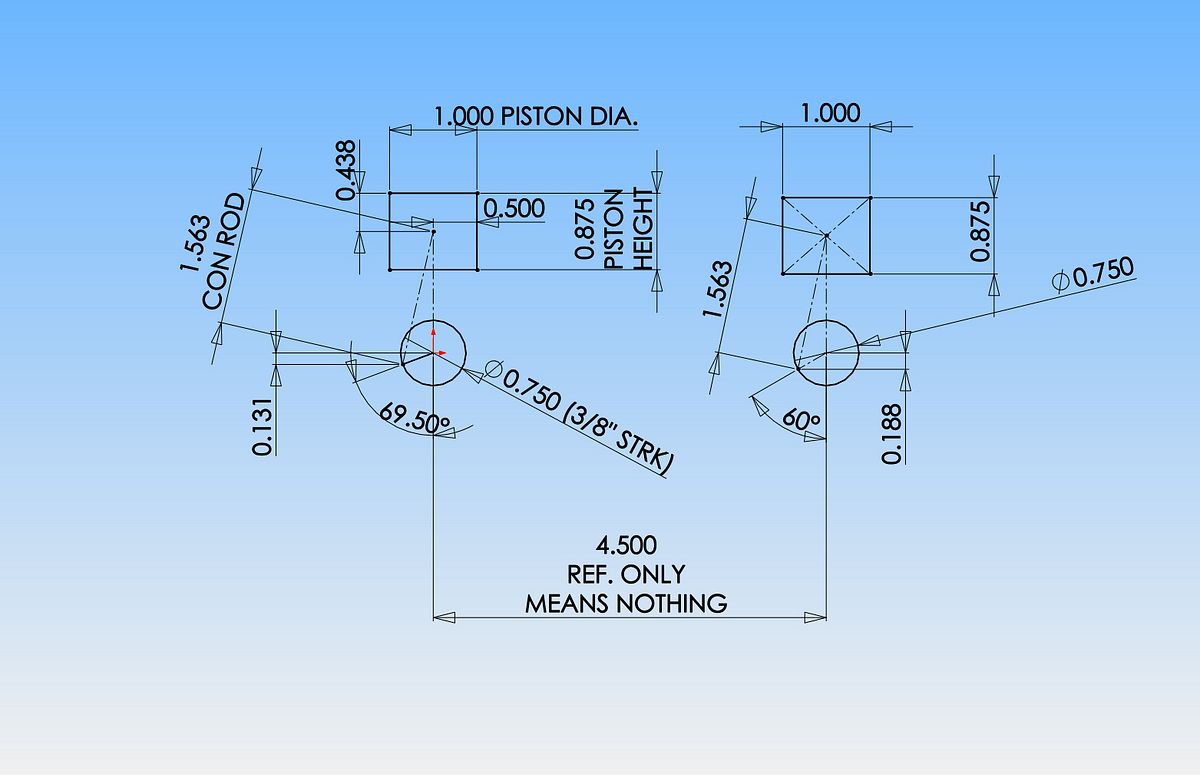My Goodness---What a huge can of worms I have opened. I've never really given a lot of thought to two stroke engines. My world of hot-rods and drag racing only ever involved four cycle engines. My engineering career really never had much to do with any kind of engine. Specialty "one of" machines and automation, but no engines. I never played with two cycle model airplanes (I did get one as a birthday gift when I was about 13, but never could get it to run.) My "hands on" experience with two cycle engines was limited to outboard motors, chainsaws, weed-eaters, and lawn mowers---and I never really repaired any of them, other than to change a sparkplug or blow out a plugged fuel line. I have learned more about two cycle engines in the last 5 days than I knew in my entire lifetime. The "simple little engine" that has no cams, no gears, no valves, no rocker arms, no pushrods, no lifters----has taken on a whole new mystery and mathematical complexity than I never had imagined. I still hope to build one--but the more I find out, the more I realize I have to find out even more, before committing time and energy to a project doomed to failure because I entered it blindly without fully understanding what I was doing. Thank you so much to all of you who are helping to educate me.---Brian











